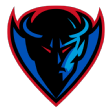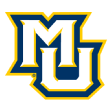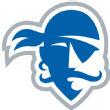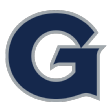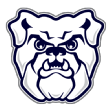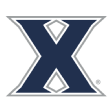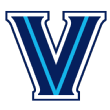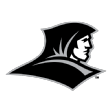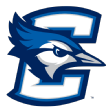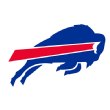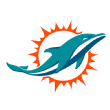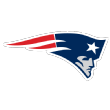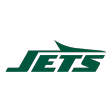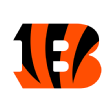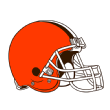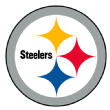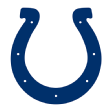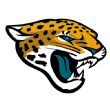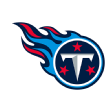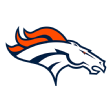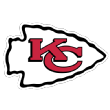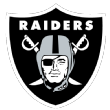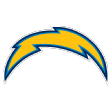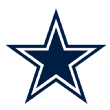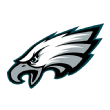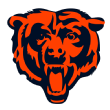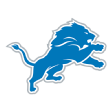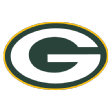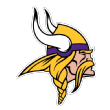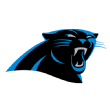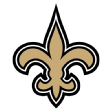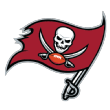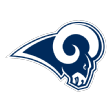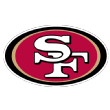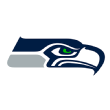Is Duncan, Kobe, Shaq or KG the best player of their generation?
Fittingly, Tim Duncan quietly announcing his retirement Monday means he and Kobe Bryant will be headed to the Hall of Fame in the same year, 2021, when they'll surely be first-ballot inductees.
Along with the retired Shaquille O'Neal and forwards Kevin Garnett and Dirk Nowitzki, whose own Hall of Fame careers are winding down, Bryant and Duncan defined the generation of NBA players who entered the league in the 1990s and took up its torch after Michael Jordan's retirement(s).
With their careers either finished or all but complete, we can pose the question of who was that generation's best player: Bryant, Duncan or one of the other contenders?
Regular-season value
The first cut at measuring the performance of the best players who entered the league in the 1990s shows Duncan far and away tops on the leaderboard in my wins above replacement (WARP) statistic during the regular season.
Regular-season WARP
Player Seasons WARP WARP/Year
Tim Duncan 19 284 15.0
Shaquille O'Neal 19 265 13.9
Kevin Garnett 21 259 12.3
Jason Kidd 19 257 13.5
Kobe Bryant 20 219 10.9
Dirk Nowitzki 18 213 11.9
When I previously considered this question before the 2013 Finals, Duncan was even with Garnett and Jason Kidd and behind O'Neal. Since then, Duncan posted a combined 26 WARP in his final three seasons, compared with two for Garnett and four for Bryant in that span. That's a testament to Duncan's remarkable longevity. Only in his final season, at age 39, did Duncan fall below nine WARP in a season for the first time in his career.
Other metrics offer similar conclusions. Duncan tops players who entered in the league in the 1990s (and ranks sixth all time) in Basketball-Reference.com's win shares, though Nowitzki is second and has a chance to catch him if he continues to play at a high level.
Because it requires play-by-play data, ESPN's real plus-minus (RPM) only dates back to the 2000-01 season, but since then, Duncan is No. 1 in wins above replacement (WAR) generated based on RPM among players who entered the league in the 1990s.
Comparing WAR
Player WAR
Tim Duncan 214
Dirk Nowitzki 201
Kevin Garnett 197
Kobe Bryant 159
Jason Kidd 144
The consistent theme here is Duncan rating far ahead of Bryant in terms of regular-season value. The difference between the two stars is that Duncan has been more valuable at both ends of the court. Despite Bryant's string of 12 consecutive All-Defensive appearances, Duncan is the more valuable defensive player because big men are so much more important defensively.
That's reflected by their teams' success at the defensive end. During Bryant's career, the Los Angeles Lakers were below-average defensively nine times, including the 29th-rated defense during 2004-05. The San Antonio Spurs defending so poorly with Duncan is inconceivable; their worst defense of the Duncan era ranked 11th in the league.
Bryant has been the better offensive player over the course of their careers, but the difference isn't enough to make up the gap on the defensive end of the floor.
Playoff value
When we turn to the postseason, Duncan's edge on many of his 1990s peers in terms of career value only grows. Here's how they rank in terms of WARP in the playoffs.
Playoff WARP
Player WARP
Tim Duncan 51
Shaquille O'Neal 48
Kobe Bryant 34
Dirk Nowitzki 26
Jason Kidd 24
Kevin Garnett 21
O'Neal, who won four championships to Duncan's five, is close behind here. And Bryant, who also won five championships but played 31 fewer postseason games than Duncan, leapfrogs Kidd and Garnett to rank third on this list.
Playoff value is the biggest difference between Duncan and Garnett, Duncan's closest rival at power forward over the course of his career. While it wasn't entirely, or even primarily, Garnett's fault, Duncan played 108 more playoff games -- more than an entire regular season. That's above and beyond Garnett's total, adding to Duncan's value and his legacy.
Adding it up: championships added
Earlier this year, I introduced the championships added metric to summarize players' career value. Built on Basketball-Reference.com's win shares in order to evaluate players throughout NBA history (stats like WARP go back only through 1977-78 because they require full box-score stats to calculate), championships added considers regular-season and playoff performance based on how likely it is to result in a championship, along with giving players credit for their awards.
Duncan ranks sixth all time in championships added, and is far and away tops on the list among players who entered the league in the 1990s.
Championships added
Player RS PO Awards Total
Tim Duncan 1.4 1.3 1.9 2.72
Shaquille O'Neal 1.3 1.2 2.1 2.60
Kobe Bryant 1.1 1.0 2.0 2.30
Dirk Nowitzki 1.4 0.8 1.2 1.92
Kevin Garnett 1.3 0.4 1.6 1.67
Of the three components of championships added, Duncan ranks in the top 10 in each, something he shares in common with four of the five players ahead of him in the all-time rankings: Jordan, Wilt Chamberlain, Kareem Abdul-Jabbar and LeBron James. (The fifth player ahead of Duncan, Bill Russell, was 11th in regular-season championships added.)
While Bryant and O'Neal had slightly better careers in terms of awards (All-Star appearances, All-NBA First or Second Team selections and MVP voting), Duncan's advantages over them in both the regular season and the playoffs put him atop this group.
As he retires, Duncan should stand alone among players who entered the league in the 1990s. He was truly the best of his generation.



















































